How speedboats inspired the Autobianchi A112 Runabout, one of Bertone's most delightful concept cars of the 1960s
Images: Makarand Baokar
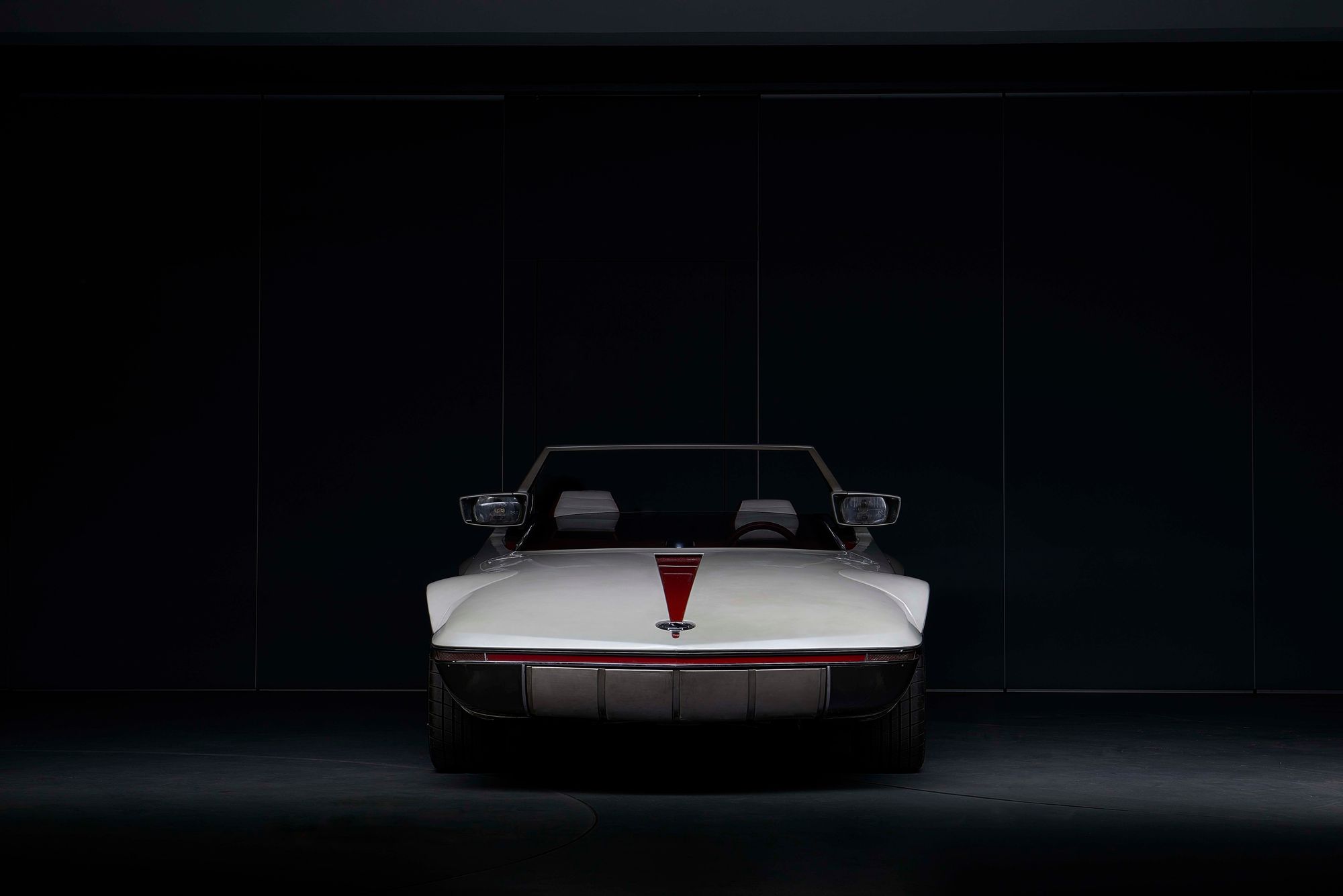
When the time came to prepare a concept car for the 1969 Turin Motor Show, the legendary Italian coachbuilder Nuccio Bertone decided that it would be the opportune moment to showcase the benefits of a mid-engine layout for inexpensive two-seaters. As Carrozzeria Bertone worked with Fiat to develop a replacement for the successful Fiat 850 Spider, the former tried to convince the latter of the benefits of a mid-engine layout for a two-seater sports car. Bertone decided that the best way to “campaign” would be to take the idea to the public, via a concept car.
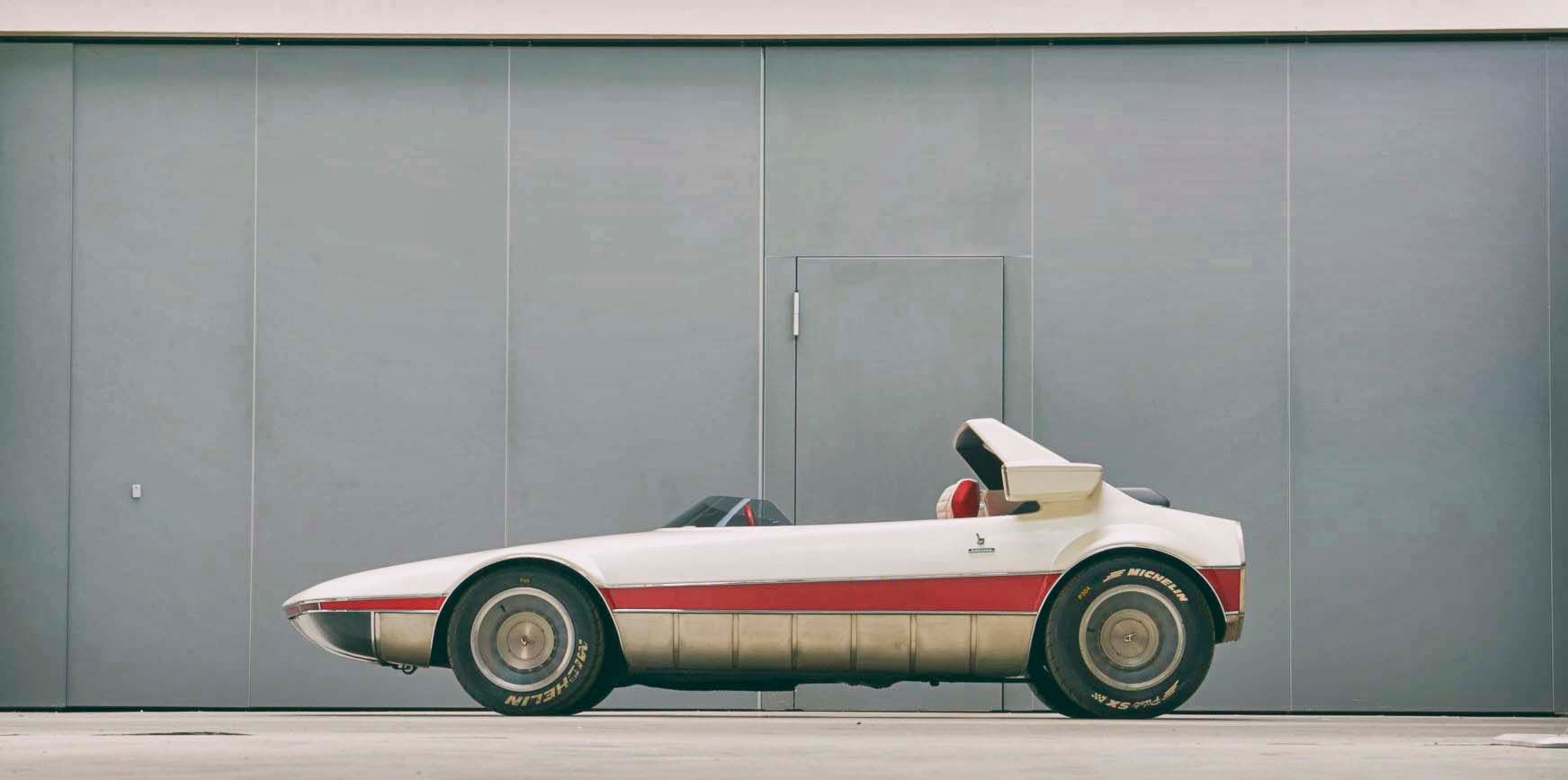
Since the unveiling of the Lamborghini Miura, Carrozzeria Bertone had showcased several powerful mid-engine sports cars, including the Lamborghini Marzal, the Panther racer, and the Alfa Romeo Tipo 33-based Carabo concept car in 1968. Bertone wanted to prove that the mid-engine layout need not be the preserve of expensive high-performance supercars while also convincing the Doubting Tomasinos within the Fiat management. French carmaker Matra had already proved that a small, lightweight mid-engine car was feasible and had better road dynamics and several benefits in terms of handling. In the UK Lotus had followed suit with the mid-engine Europa, and Porsche in 1969 launched the Volkswagen-Porsche 914.
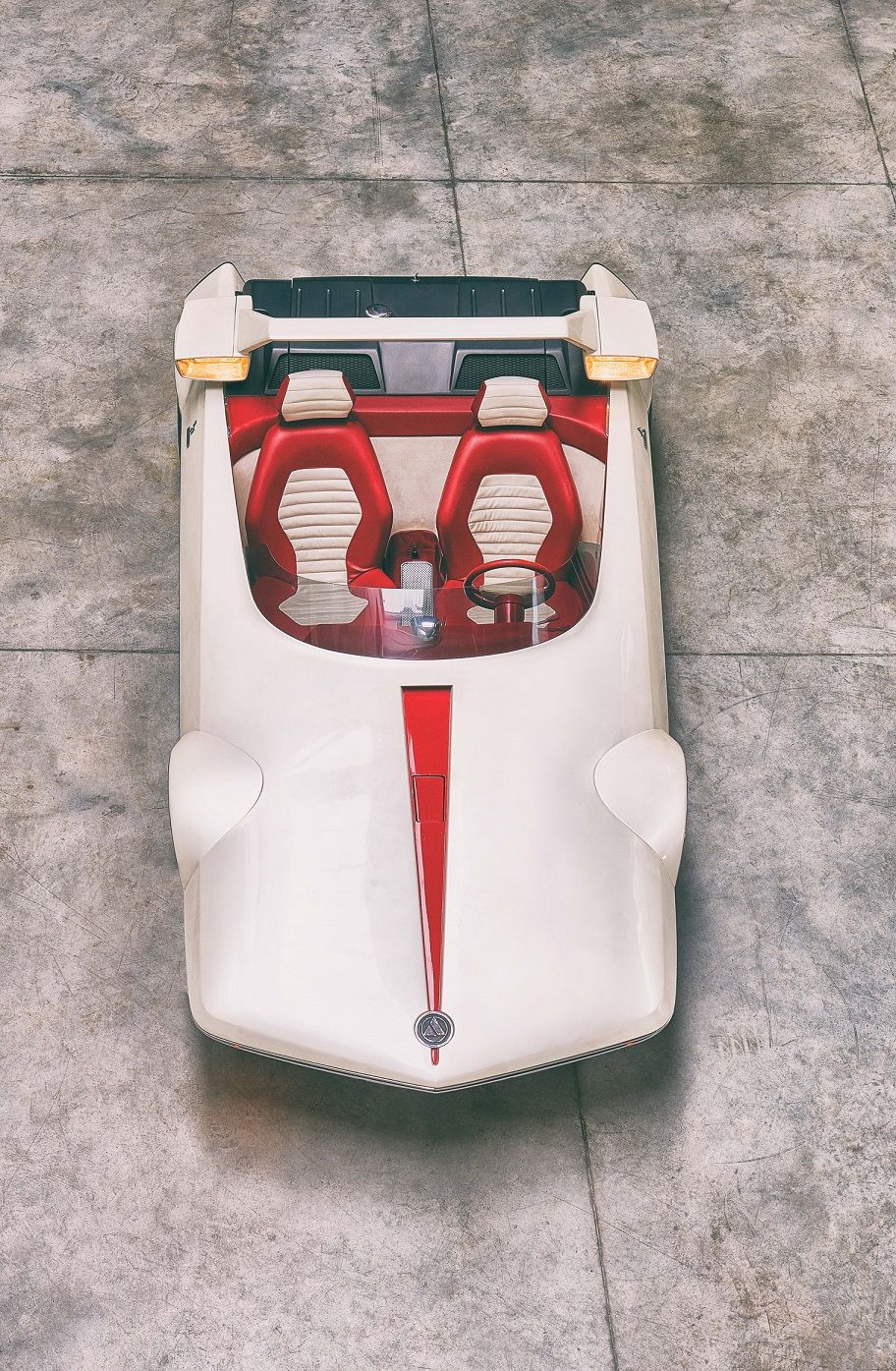
Thus, it was decided that Carrozzeria Bertone would showcase a small mid-engine roadster at the 1969 Turin Motor Show purely as a concept, not intended for production—a somewhat misleading preamble to the design house’s intentions. For the concept to be dramatic, yet exciting, Carrozzeria Bertone’s chief designer, Marcello Gandini, decided that the prototype had to be a back-to-basic roadster, what the Italians have traditionally termed a barchetta—or a little boat—a design that would eschew the need for doors or a proper windshield.
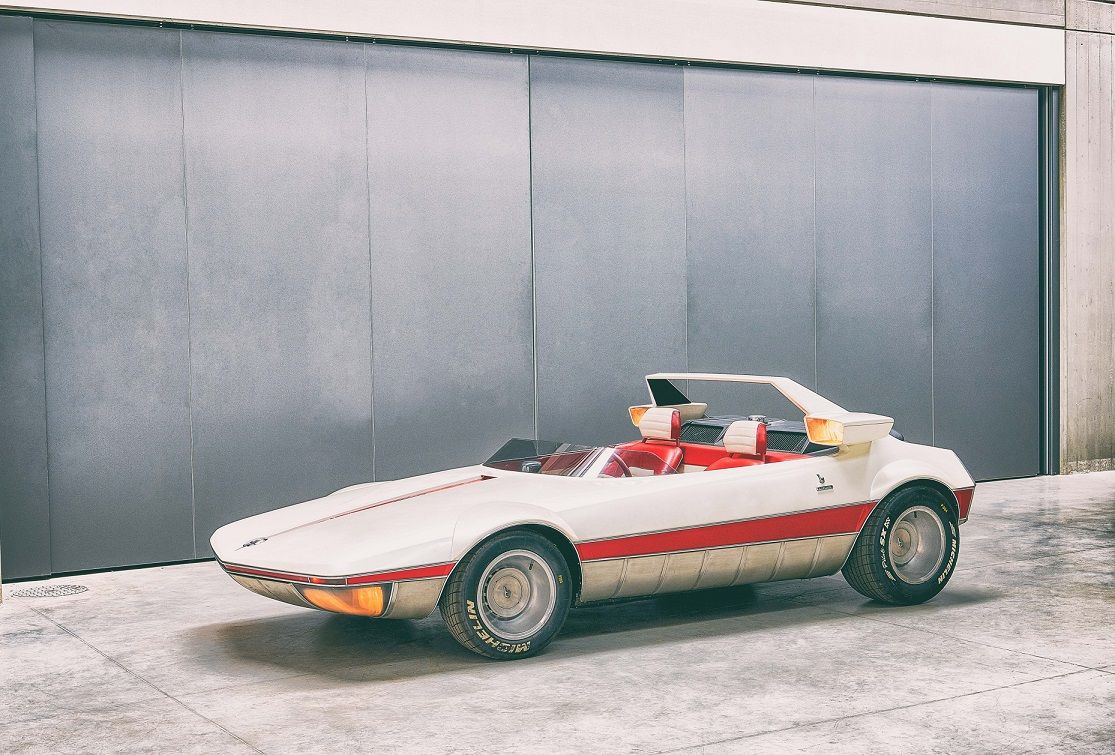
Gandini took the literal meaning of the barchetta as a leitmotif of the design. Inspired by the world of speedboats and pleasure crafts from Riva, Chris-Craft and similar companies, the concept for the Turin Motor Show had its motor located amidships, but partially exposed as would be the case for powerboats, with the fuel tank sitting on top, and the filler located centrally.
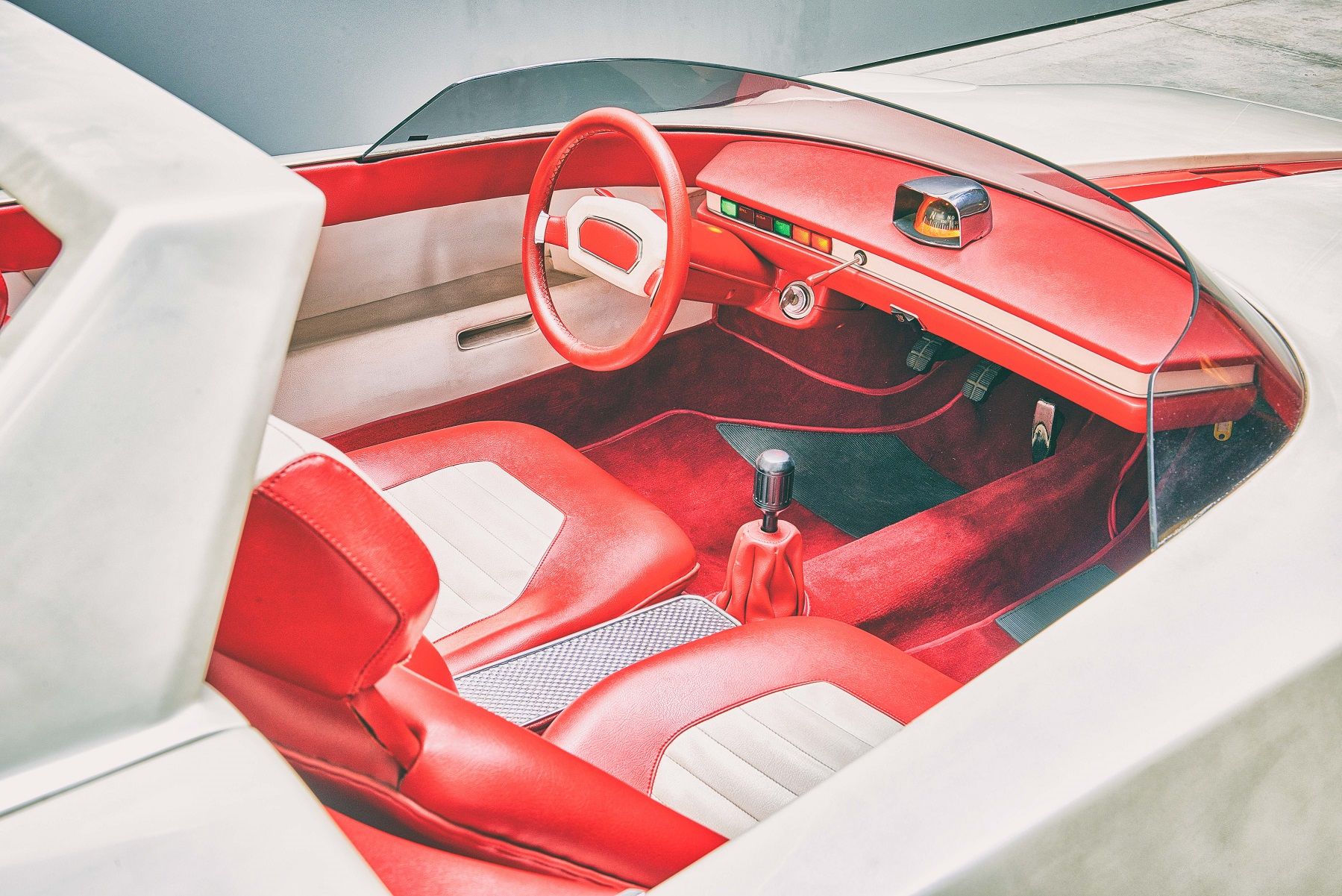
Badged an Autobianchi, a marque that had only recently been taken over completely by Fiat, the concept car was given the moniker A112 Runabout. But most amusingly the design study had the (well-disguised) engine of a Fiat 128, the car the Italian giant had just launched to much acclaim, as it was their first front-wheel drive car.
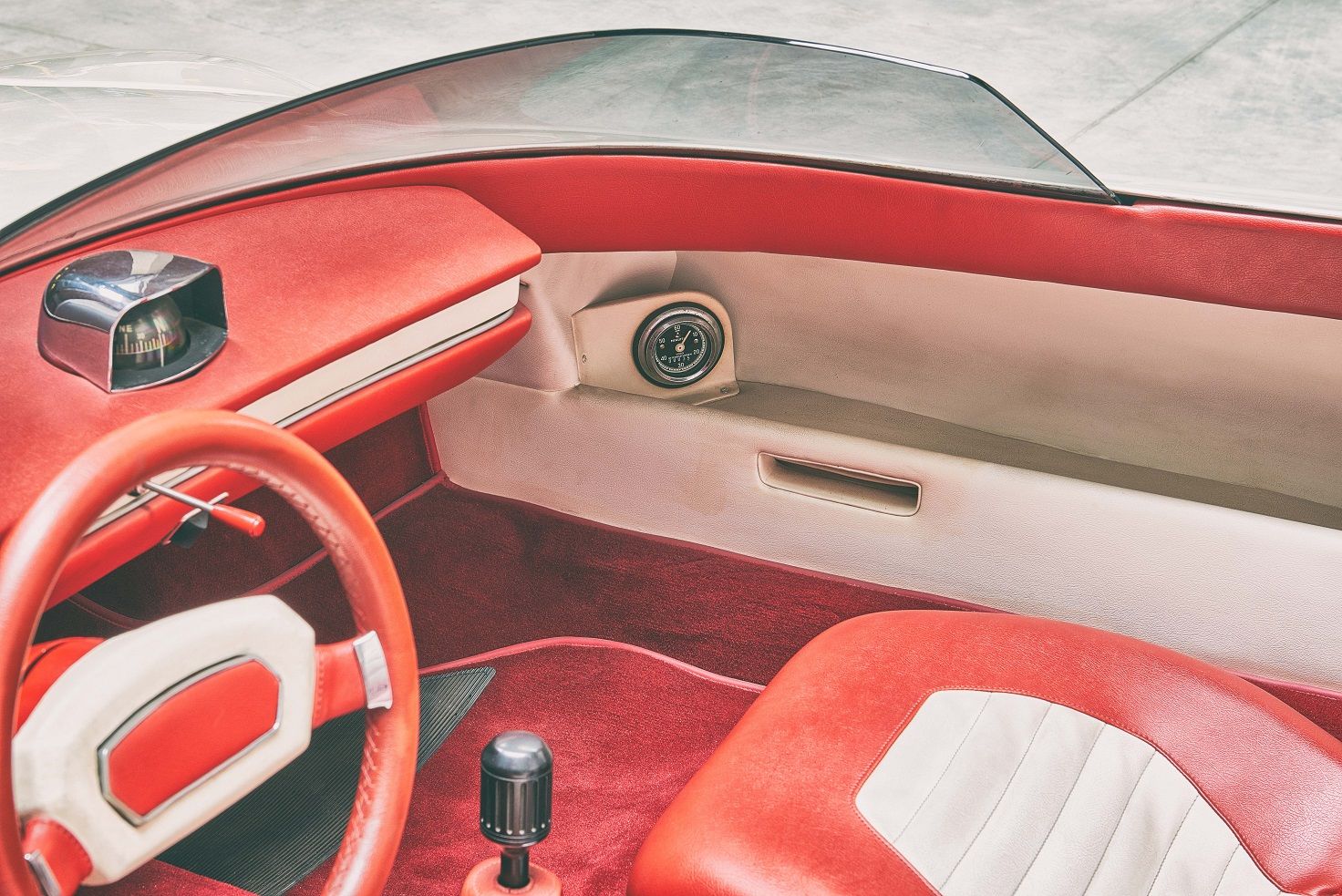
Not only did the Autobianchi A112 Runabout not have the mechanicals of the A112, most of its underbody came from the Fiat 850 Spider, with the rear section taken mainly from the Fiat 128’s front end—the powertrain and suspension of the latter had been moved from the front to the rear axle. The structure was reinforced by bulkheads and a stylish rollover bar, which incorporated the headlamps—hinting at the lamps of certain speedboats—to give the concept the necessary rigidity. Yet the Runabout weighed a lightweight 730kg (1610lb).
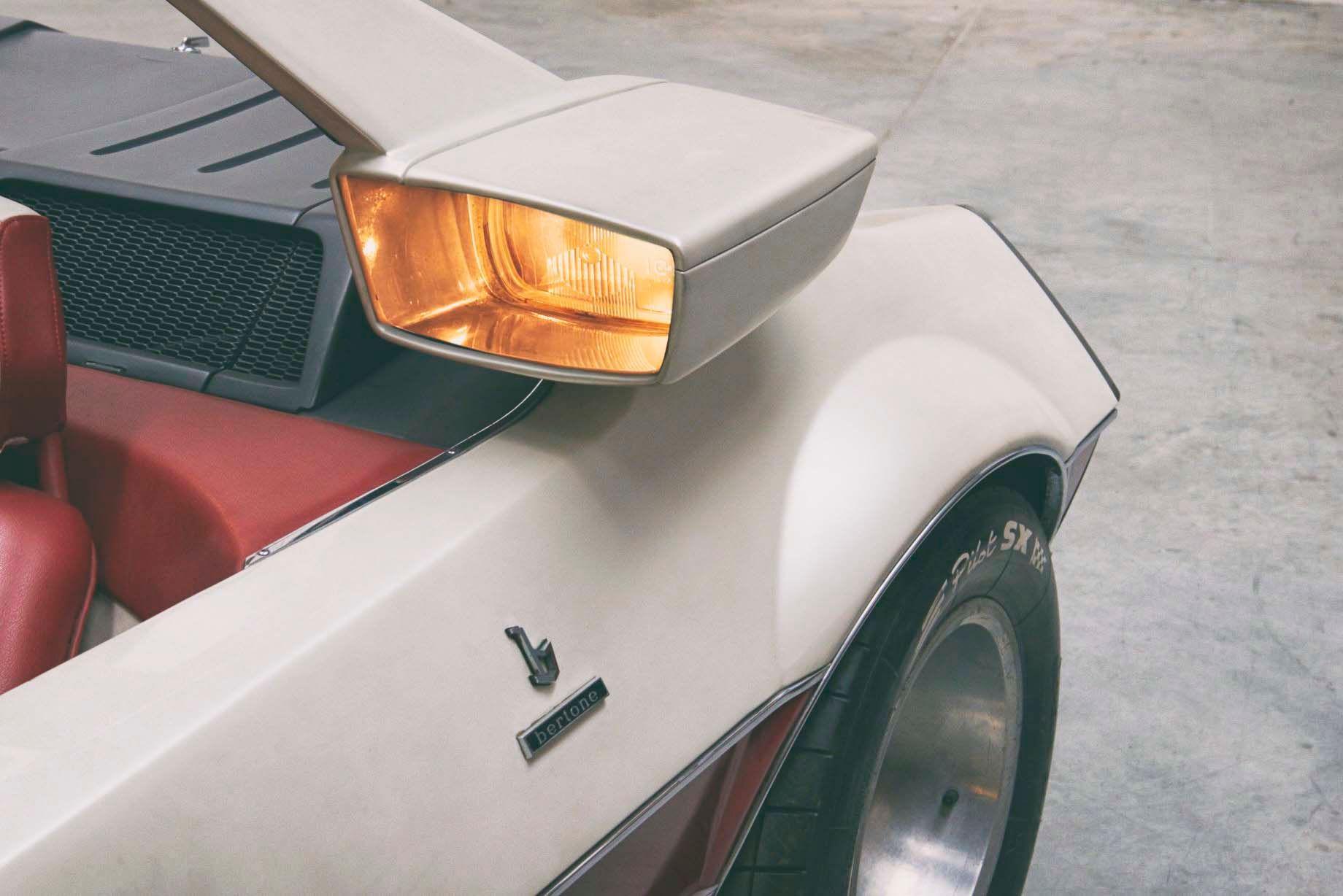
Though the overall side profile of the Runabout predicted the profile of the Fiat X1/9 that eventually followed, the concept car is a delightful design in its own right. With its pointed V-shaped front end, the Runabout’s nose was a highly stylised reference to the prow of a speedboat, the lower half of the car reminded one of the hull of a boat, the half-screen windbreaker typical of boating tradition and the final detail being the pert little sun deck at the rear.
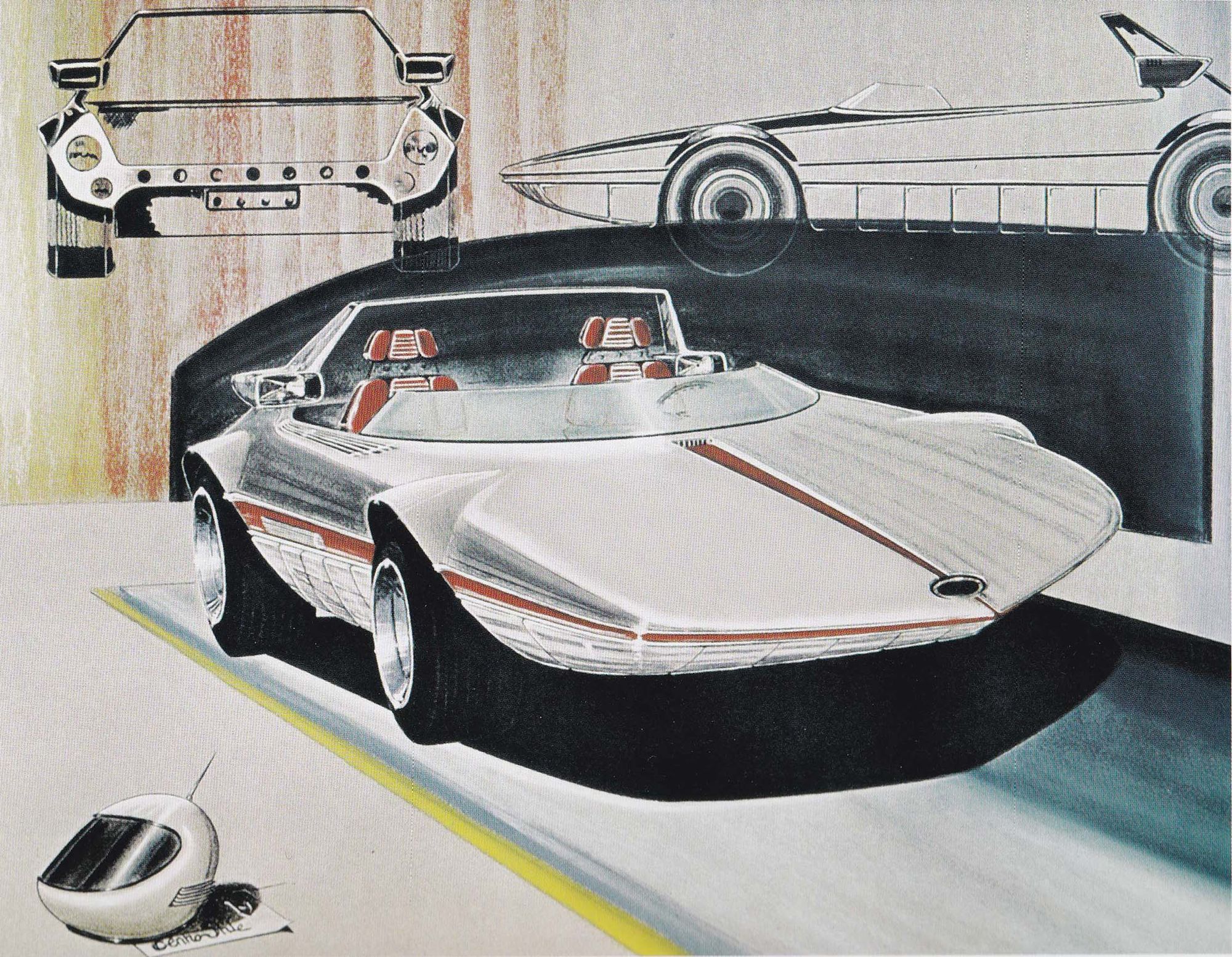
Looking modern more than five decades later, one can imagine the Runabout as an intra-city electric-powered commuter even today.
Comments
Sign in or become a deRivaz & Ives member to join the conversation.
Just enter your email below to get a log in link.
